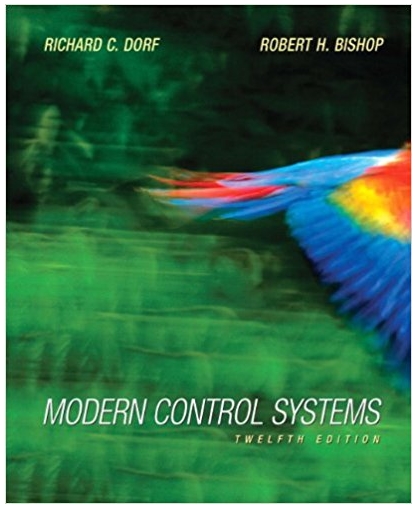The use of control theory to provide insight into neurophysiology has a long history. As early as
Question:
This analysis of muscle regulation has been based on the theory of single-input, single-output control systems. An example is a proposal that the stretch reflex is an experimental observation of a motor control strategy, namely, control of individual muscle length by the spindles. Others later proposed the regulation of individual muscle stiffness (by sensors of both length and force) as the motor control strategy [30].
One model of the human standing-balance mechanism is shown. Consider the case of a paraplegic who has lost control of his standing mechanism. We propose to add an artificial controller to enable the person to stand and move his legs, (a) Design a controller when the normal values of the parameters are K - 10, a = 12, and b = 100, in order to achieve a step response with percent overshoot less than 10%, steady-state error less than 5%, and a settling time (with a 2% criterion) less than 2 seconds. Try a controller with proportional gain, PI, PD, and PID. (b) When the person is fatigued, the parameters may change to K = 15, a - 8, and b = 144. Examine the performance of this system with the controllers of part (a). Prepare a table contrasting the results of parts (a) and (b).
Fantastic news! We've Found the answer you've been seeking!
Step by Step Answer:
Related Book For 

Question Posted:





